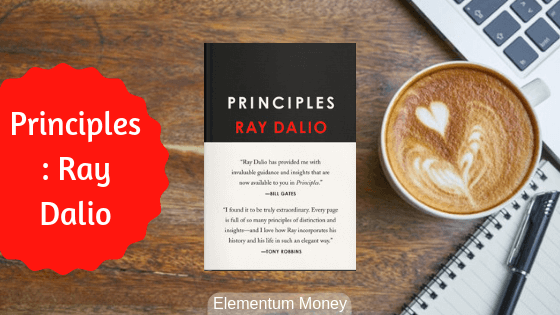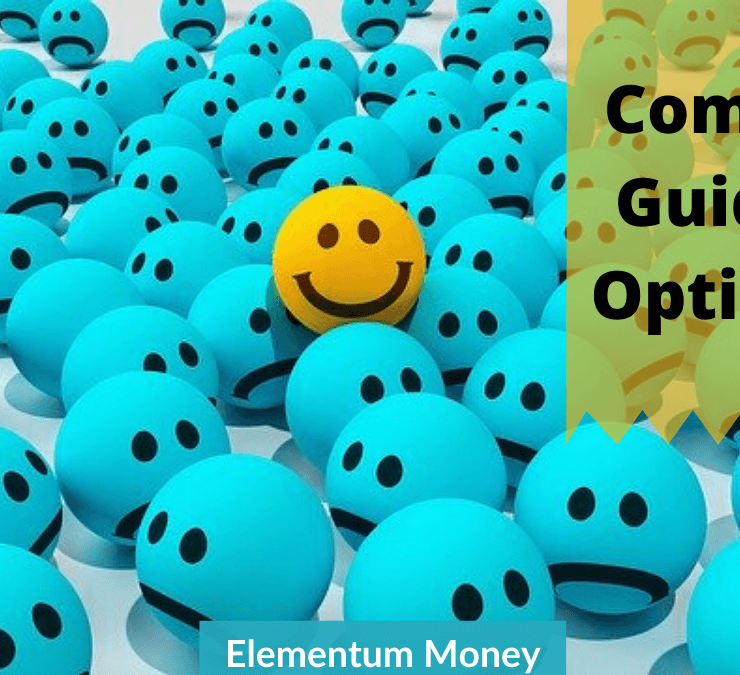Last month or two have been more of an upheaval. What with self publishing a novel and then trying to go all out to get the word out, things are only now finally beginning to settle down. As I spoke to a friend around the time of the release, I gave her one of my favourite sayings these days – Life is about the story you tell yourself. Like me, she believes in big expressions and literally gasped on call. She was delighted by this statement and kept saying “Aparna, you must use this somewhere”.
Sifting through content I have put out on Elementum Money, I realised it had been long since I wrote anything on Personal Growth. Mulling over what to write, suddenly snatches of this conversation resurfaced to mind. I am now beginning to recognise that my writing process would give any barista a run for their money, considering how much it brews and bubbles by itself before getting properly constructed into words. As the thoughts tripped over each other, it just seemed a fitting post to hopefully restart a more regular writing journey with.
What do I mean by the stories we tell ourselves?
I am not sure how many of you have noticed, but there is a constant narrator in our minds who keeps a running commentary going on. In fact, in my case I have very often noticed two warring narrators and have often called them out loud. It is the content put forth by this narrator that dictates the way we conduct our lives.
Before I keep going around in loops, let me come to the point that when I say stories we tell ourselves, it’s in some ways a convoluted way of describing narrative identity. The website Springer Link has a very interesting description of the concept which will do a much better job of what I have been trying so far:
Narrative identity is the internalized and evolving story of the self that a person constructs to make sense and meaning out of his or her life. The story is a selective reconstruction of the autobiographical past and a narrative anticipation of the imagined future that serves to explain, for the self and others, how the person came to be and where his or her life may be going.
– Springer Link
So, let’s take an example here. As usual I will go to my current favourite topic of my self-published novel Second Serve. It went through a lot of publisher and agent rejections. Now, one month into having been released, it is still probably being read only by one or maximum two degrees of separation from me. Most people have called it an easy, fast read while some have lamented a predictable storyline.
Now the story I tell myself about it can be in one of two directions. Route one, the world hates me. The industry rejected me. The book’s gone nowhere. Whoever liked it said so only to avoid hurting my feelings. I am useless. Route two, I can actually write a novel. Easy and pacy read means no one found it a drag. I wouldn’t want the first one to be a super hit because then where is the room for improvement? I now need a better plot since I now have some validation for my story telling skills. Which story telling route do I choose for myself? I swing between both though admittedly the first one is easier and dragging myself to the second one takes conscious, stern self-talk.
Point is, almost every event or person or action has a self-devised back story to it and we use it to steer our lives ahead. What we do, how we perceive the world and our outlook to life all depend on the kind of story we choose to tell.
What can our stories tell about us?
You might finally see that there is some merit to the idea of our constant story chatter in the head. It tells us a lot about ourselves, if we take a close, hard look.
1. Optimism vs Pessimism
In the oft-repeated phrase, you know that the same glass is presumed to be half empty or half full depending on the line of thought. Similarly, almost any event can be seen through a positive or a negative lens. When you start noticing your automatic direction to thoughts, you will begin to realise which side do you lean on – optimism or pessimism.
2. Locus of control
Most people go through life with either a deterministic or a fatalistic view point. They either believe they make life happen for themselves (internal locus of control) or that life happens to them (external locus of control). In most situations, it is better to operate with an internal locus of control because that is what will make you take action to change things. However, a word of caution here. When we go overboard on the deterministic bandwagon, it’s easy to think of it as a linear path of effort = result without factoring in a small, crucial element of luck. Ideally, it is best to have a bed rock of determinism with a dash of fatalism after you have done all that you can.
3. Growth vs Fixed mindset
American psychologist Carol Dweck theorised that there are two types of mindsets humans operate with – growth and fixed. The names make it fairly obvious that with a growth mindset, you are more elastic and look at things as an opportunity to keep learning and well, growing. On the other hand, with a fixed mindset you determine that all your learning is done and dusted for you are what you are and that’s set in stone. These two mindsets play up in the stories we tell too.
4. Future or past oriented
This is an important distinction. When something happens, for a lot of us our brain is happy to go hunting to some event in the past to explain why it could have happened so. For instance, I was feeling quite claustrophobic and locked-up in the peak of the lockdown period. I could have cursed myself as to why I never really took to driving in a good enough way to keep going as it would have meant atleast some semblance of independence. But, ideally beyond a point it just doesn’t help to think or mull about things you can’t change which holds true for almost everything in the past. In that context, it’s better to look ahead in the windshield than the rear view mirror with every story that you tell.
How to identify our stories to self?
While our narrative identity or the stories can give us a good inkling of our mental makeup, it’s often an ongoing invisible and unconscious process. Most of us don’t even pause to hear that voice in our head going yap yap yap all the time.
1. Pause
Get off the treadmill of life once in a while to just pause and hear yourself. In that respect, meditation or just sitting to observe mindfully the chatter in our brain helps. Once you start noticing it in the calm, you will start noticing it all the time.
2. Journal
The written word is one which has unfortunately lost it’s sheen in the recent past. No, I am not talking about tweets or posts. Writing a journal or the thoughts that come to your mind at that moment is much like the pensieve in Harry Potter. Two things happen. One, as you write it you sort of cement those thoughts further. Two, when you read them after a gap you begin to understand yourself better.
3. Distance
Once you start listening to that voice, when conscious of it treat it like a second person. As this Psychology Today article puts it,
Using one’s name instead of “I” during moments of inner dialogue, research has found, can create useful psychological distance from the emotional intensity of the self, enabling one to avoid rumination and move forward with greater perspective, calm, and confidence.
– Psychology Today
How to make those stories work for you
What if you suddenly start noticing the stories you tell yourself and realise you don’t really like it. Maybe it’s just too negative. Maybe it is weighing you down and not really moving you towards action or in the right direction. The good thing is recognition is just the first stage and you can make those stories work for you:
1. Gamify optimism
In the best of times, it is difficult to remain upbeat and positive about the world around us. When the stakes are higher and dominoes seems to be falling, it’s even tougher. Look at putting a positive action-oriented spin as a challenge. Notice what you tell yourself and see if you can spot a silver lining anyway.
2. Have a selective memory
Humans are wired to focus more on the negative or the disheartening part. Have a short term memory of the times luck didn’t favour you, even as you take the lessons along. Remember better when efforts actually worked. Even with people, you could choose to apply a selective memory by holding on to moments when they made you feel nice and letting go of times when they didn’t.
3. Keep it real
However, with both the above points, it is easy to go overboard. It is easy to then see things only through rose coloured lenses with no balance whatsoever. However, even as you try to tip the scales towards the healthily positive, remember to keep the facts real and not brush over them with the broad strokes of “it’s all good”.
I know at a broad glance this might come across as a bit of a philosophical post. But, as you pause and start listening to your inner narrative you will also be able to better figure out the path you want it to flow in. Gradually, as parts of this post hopefully float in your mind at unexpected times it will all piece together in a way that makes sense.
Do you listen to the stories you tell yourself? How do they mould your identity? How do you make them work for you? Let me know in the comments below.





Leave a Reply